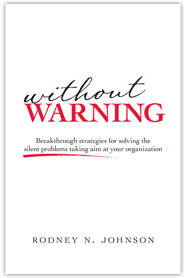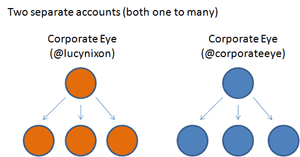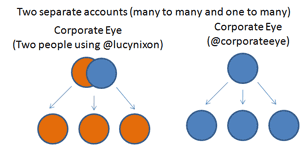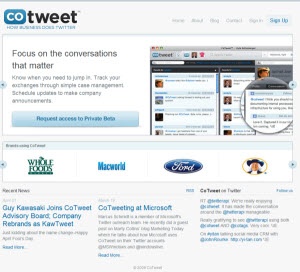 What do you think of when you hear the brand name PUMA? Most people respond to that question by saying, “shoes”.
What do you think of when you hear the brand name PUMA? Most people respond to that question by saying, “shoes”.
Yes, there is already a PUMA, and while it’s in a very different market than the new Segway PUMA, and it’s unlikely the products will be confused with one another, the problem is that the name is already taken and consumers already associate it with another product. PUMA already communicates a brand message, image and promise. [Read more…] about Segway PUMA – Missed Branding Opportunity

 The numbers are in and
The numbers are in and 


